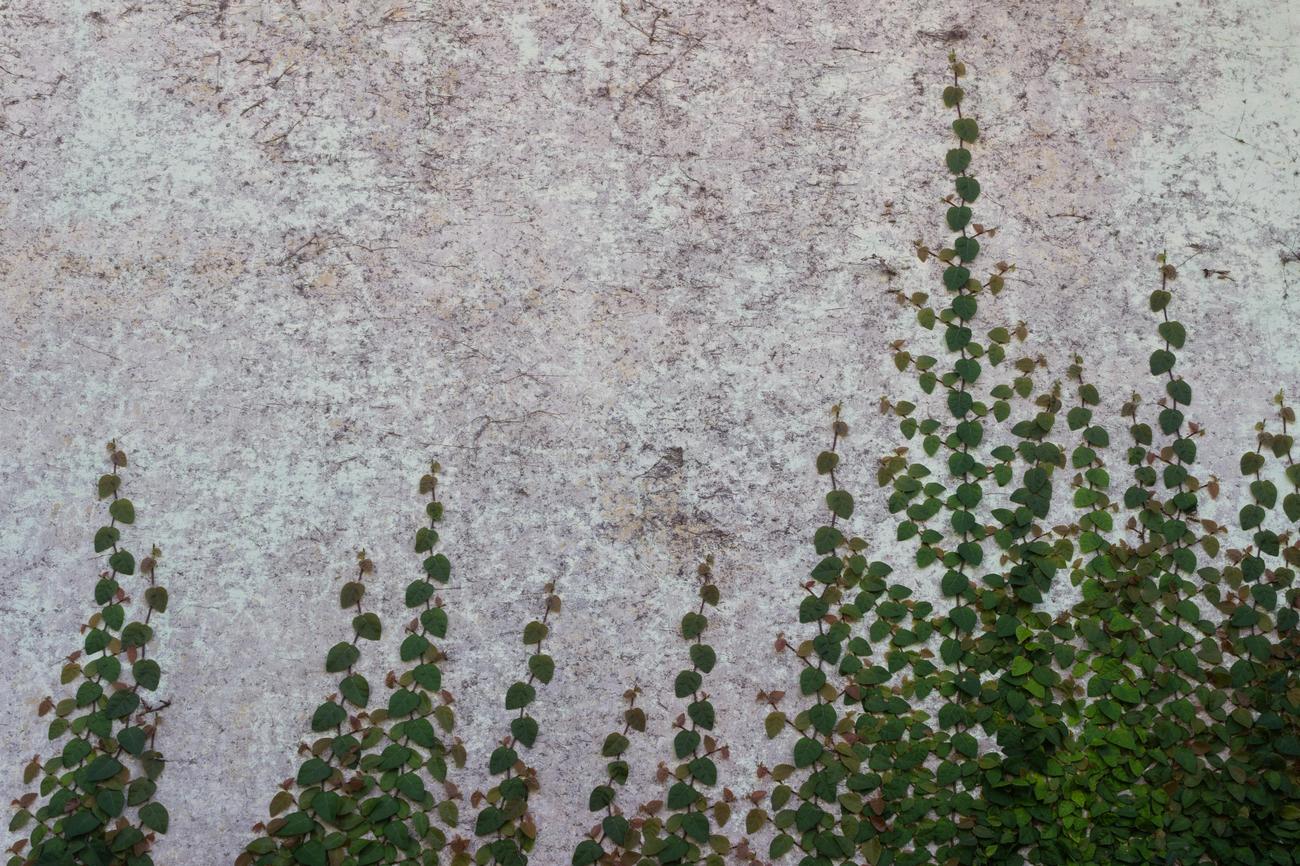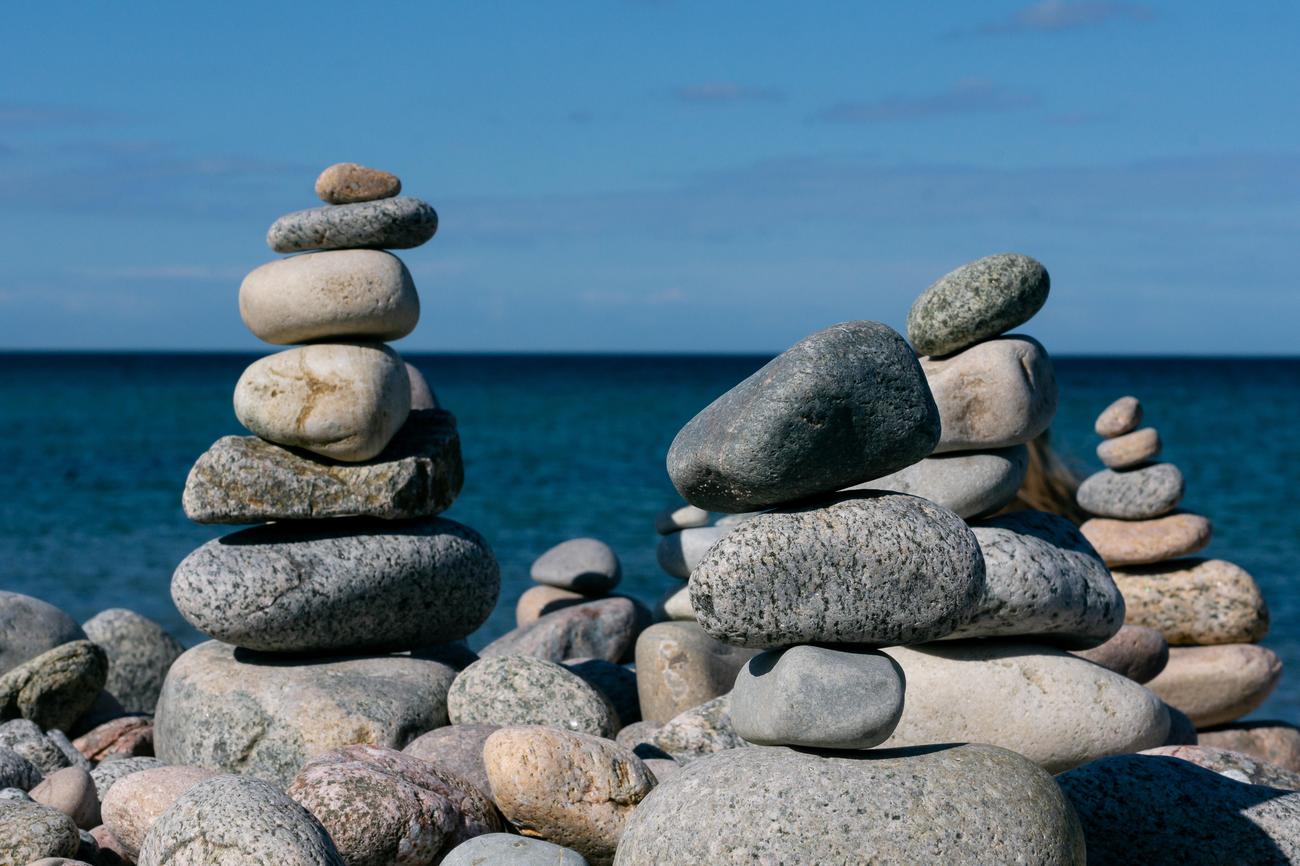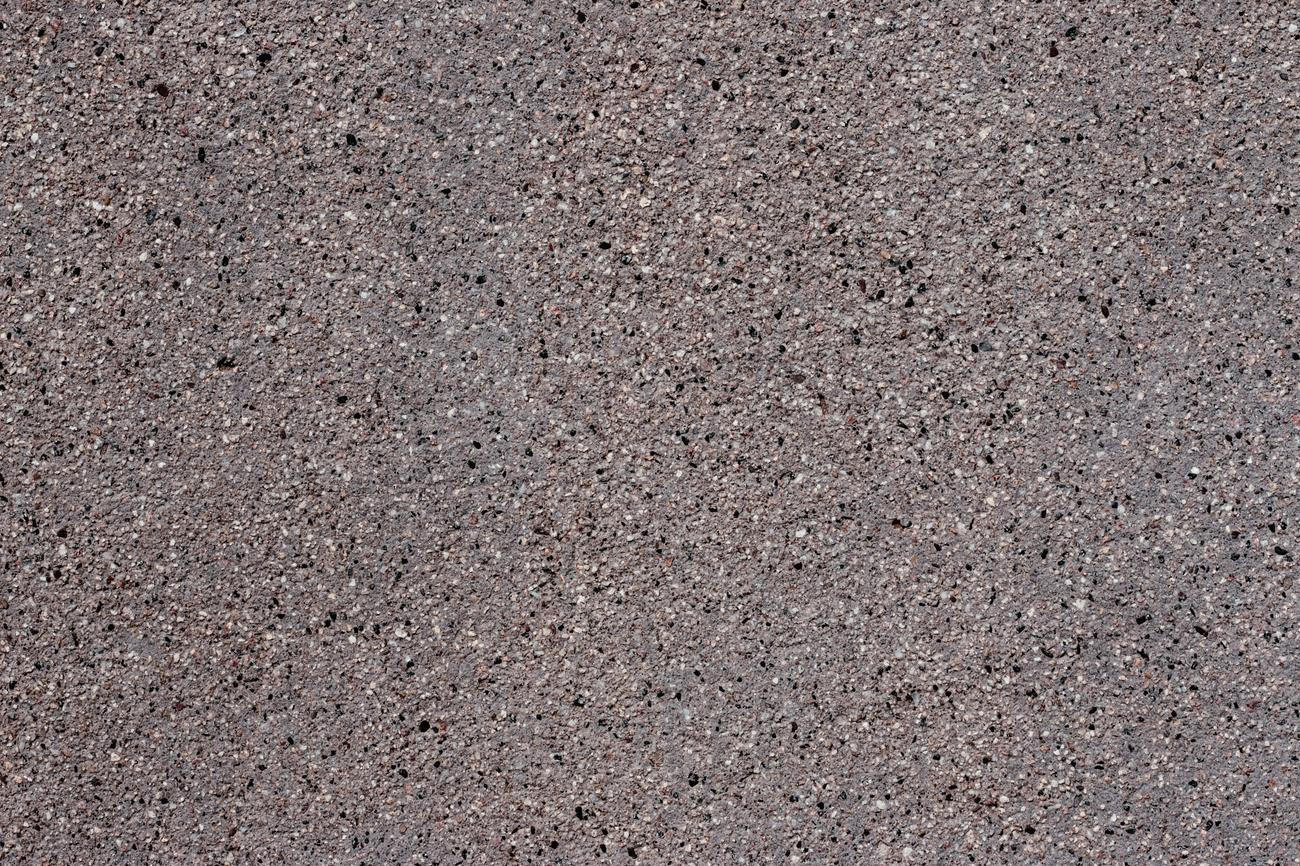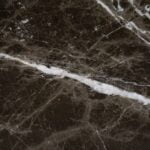Welcome to the world of granite, a mesmerizing natural wonder that has fascinated geologists and stone enthusiasts for centuries. In this article, we will embark on a journey to uncover the intriguing fun facts about granite stone. So, if you’re ready to delve into the depths of earth sciences and discover the captivating secrets behind this exquisite rock formation, buckle up and get ready for a thrilling adventure. From its remarkable formation process to its intricate mineral composition, we will unravel the lesser-known aspects of granite that will leave you in awe. Get ready to be amazed as we dive into the fascinating world of granite stone.

Fun Facts About Granite Stone
Granite, the oldest rock on our planet, is not only a natural wonder but also a fascinating subject for geology enthusiasts. With its rich history, unique characteristics, and intriguing properties, there’s so much more to discover about this igneous rock. Let’s dive into some fun facts about granite stone!
1. Granite: A Storied Past
Imagine being able to trace the beginnings of a rock back to billions of years ago. Well, that’s the case with granite! This ancient rock formed during the early geologic periods, some as early as the Precambrian age. So, next time you encounter granite, remember that you’re standing on a piece of Earth’s history.
2. Not All Radioactivity is Harmful
Now, you might be concerned about the radioactive nature of granite. But fear not! While it is true that granite contains traces of radioactive elements like uranium, the levels are so low that they pose no harm to human health. So, you can appreciate the beauty of granite without any worries.
“Did you know that granite contains traces of uranium? But don’t worry, the levels are so low that they pose no harm to us!”
3. Granum: The Inspiration Behind the Name
The name “granite” comes from the Latin word “granum,” which means grain. And appropriately so, considering its granular texture. With its visible grains and specks, granite showcases its unique charm and the intricate patterns formed by various minerals.
4. A Blend of Minerals
Quartz, feldspar, mica, and hornblende are just a few of the minerals that makeup granite. This diverse combination gives granite its beautiful colors and stunning patterns, showcasing an array of earthy tones and breathtaking designs.
5. Deep Underground Origins
Ever wondered where granite comes from? Well, it’s born deep underground. Granite is a plutonic rock, which means it forms from magma that cools slowly beneath the Earth’s surface. This slow cooling process allows the minerals to crystallize and come together to create the sturdy and enduring structure of granite.
6. A Rock of Remarkable Hardness
When it comes to hardness, granite reigns supreme. Ranking at an impressive 7 on the Mohs scale of hardness, it’s one of the toughest materials on the planet. Its robust nature not only makes it a preferred choice for various applications but also presents a challenge to cutting tools.
“Did you know that granite is one of the hardest materials in the world? It’s so tough that it can even damage cutting tools!”
7. Granite’s Architectural Influence
Throughout history, granite has left its mark in the world of architecture. From the majestic pyramids of Egypt to the iconic Mount Rushmore monument and even the pedestal of the Statue of Liberty, granite has played a crucial role in shaping these magnificent structures. Its durability and timeless beauty make it an excellent choice for enduring monuments.
8. Formed from the Depths
Granite’s formation process is quite remarkable. It begins deep within the Earth’s crust when molten magma slowly cools and solidifies over millions of years. This slow-brewing process allows the minerals within to align and create the distinct patterns and colors we see in granite.
9. Aesthetically Diverse
One of the enchanting aspects of granite is its wide array of colors and intricate patterns. From shades of white, gray, and black to warm reds, vibrant blues, and earthy greens, there’s a granite variety to suit every taste and design preference. The stunning visual appeal of granite adds a touch of elegance to any space it adorns.
10. Granite: A Kitchen Countertop Champion
When it comes to kitchen countertops, granite takes the crown. Its heat-resistant properties make it an ideal surface for cooking areas, providing a sturdy and durable workspace that can withstand hot pots and pans. Additionally, its easy maintenance and ability to resist stains make it a practical choice for busy kitchens.
11. Unleash the Wonder of Granite
So, there you have it – some fascinating fun facts about granite stone. From its ancient origins to its remarkable hardness, use in renowned structures, and aesthetic diversity, granite truly is a natural wonder worth exploring. So, go ahead and appreciate the beauty and versatility of this captivating rock!
“Discover the wonders of granite stone – from its ancient origins to its remarkable hardness and use in renowned structures. There’s so much to explore!”
Granite is not just a rock; it is a fascinating work of nature that deserves to be explored and appreciated. Did you know that there are hidden fun facts about granite that will blow your mind? From its incredible durability to its stunning variety of colors and patterns, granite is truly a marvel of the Earth. If you’re curious to learn more about these intriguing facts, click here for a list of fun facts about granite. Trust me, you won’t be disappointed. So go ahead, immerse yourself in the world of granite and discover its hidden wonders!
Fun Facts About Granite Stone
Granite, a majestic and enduring natural stone, holds a world of marvels waiting to be explored. From its mesmerizing geological processes to its diverse applications, there is much to uncover about this extraordinary material. The marvels of granite will leave you astounded, from the way it was formed deep within the Earth’s crust to its breathtaking beauty when polished to perfection. Discover the fascinating geological processes of granite, as it transforms from molten rock to solid stone over millions of years. This captivating journey through time invites you to delve into the wonders of nature and appreciate the intricate craftsmanship that goes into extracting and shaping granite. The diverse applications of granite are simply awe-inspiring. From kitchen countertops and bathroom vanities to elegant flooring and stunning monuments, granite adds an unparalleled touch of sophistication and elegance to any space. Explore the limitless possibilities of using granite in various architectural and design projects and experience the undeniable allure it brings.
Don’t miss out on the chance to learn more about the marvels of granite! Click here to uncover the wonders of granite’s geological processes and expand your knowledge on the captivating journey this remarkable stone has undergone: geological processes of granite.
Additionally, if you’re curious about the diverse applications of granite and how it can transform your living spaces, click this link to explore the myriad of possibilities: diverse applications of granite.
Let your curiosity guide you and embark on a fascinating adventure into the mesmerizing world of granite. Discover its incredible marvels and uncover the secrets held within this magnificent stone. Marvels of granite await you.
Granite: A Durable and Aesthetically Pleasing Building Material
[youtube v=”tgrz60SEqIs”]
Granite, a rock composed of various minerals, boasts a multitude of fascinating characteristics and practical applications. With its origins dating back billions of years, granite is considered one of the oldest rocks on Earth. Derived from the Latin word “granum,” meaning grain, granite gets its name from its distinctive granular texture.
One of the most remarkable features of granite lies in its diverse range of colors and patterns, making it a versatile choice for builders and architects. Its composition, primarily consisting of minerals such as quartz, feldspar, mica, and hornblende, gives rise to these captivating variations. Quartz, a grayish material with transparent properties, combines with different types of feldspar, which can appear white, pink, or blue, resulting in granite’s remarkable color spectrum.
The cooling process plays a crucial role in determining the size of the crystals within granite. Unlike other rocks like basalt or gabbro that cool rapidly, granite cools slowly deep underground from magma. This gradual cooling allows the minerals within granite to crystallize and form large, visible crystals ranging from two to five millimeters in size.
The Durability and Versatility of Granite
Granite is renowned for its strength and resilience, being rated 7 on the Mohs scale of hardness. This exceptional durability has made granite a favored material for prestigious architectural structures like the pyramids, Mount Rushmore, and the Statue of Liberty. Despite its solid structure, granite remains remarkably heat-resistant, making it an ideal choice for kitchen countertops.
The formation of granite is a time-consuming process that takes millions of years. As molten magma cools and solidifies deep within the Earth’s crust, the minerals within gradually crystallize, giving rise to granite’s unique blend of colors, patterns, and textures. This intricate formation process contributes to the distinctive character of granite.
Moreover, granite’s practicality extends beyond its aesthetic appeal. Its resistance to heat, durability, and simple maintenance make it an excellent choice for a variety of construction and design applications. Its exquisite appearance, coupled with its sturdiness, ensures that granite remains a popular material for both commercial and residential projects.
In conclusion, granite is a remarkable rock that offers both visual beauty and outstanding strength. With its origins dating back billions of years, granite’s formation process has given rise to a wide array of colors and patterns. From its application in grand architectural structures to its use in kitchen countertops, granite’s durability and aesthetic diversity make it a sought-after building material. Next time you encounter a stunning granite surface, remember the intricate composition and millions of years that contributed to its creation.
“Granite’s durability, wide color range, and heat resistance make it an excellent choice for both practical and aesthetic construction applications.”

FAQ
Q: How old is granite?
A: Granite is the oldest rock on the planet, with some formations dating back to the early geologic periods, including the Precambrian age.
Q: Is granite radioactive?
A: Yes, granite is radioactive in nature. However, the uranium count in granite is not harmful to humans.
Q: Why is granite called “granite”?
A: The name “granite” comes from the Latin word “granum,” which means grain. This is because granite has a granular texture.
Q: What minerals make up granite?
A: Granite is composed of various minerals, including quartz, feldspar, mica, and hornblende.
Q: How does granite form?
A: Granite is a plutonic rock that forms deep underground from slowly cooling magma within the Earth’s crust.
- Unveiling Bernhard Caesar Einstein’s Scientific Achievements: A Legacy in Engineering - July 15, 2025
- Uncover who is Jerry McSorley: CEO, Family Man, Business Success Story - July 15, 2025
- Discover Bernhard Caesar Einstein’s Scientific Contributions: Unveiling a Legacy Beyond Einstein - July 15, 2025















